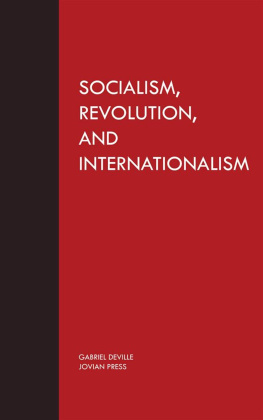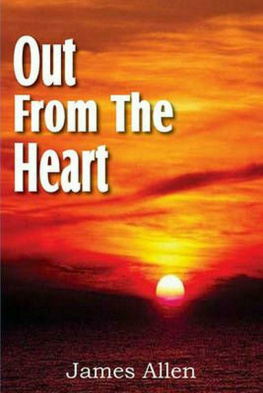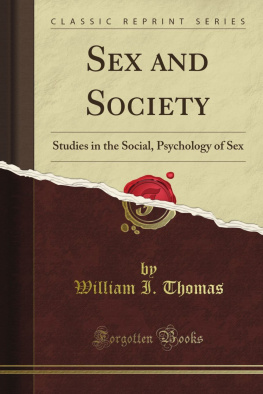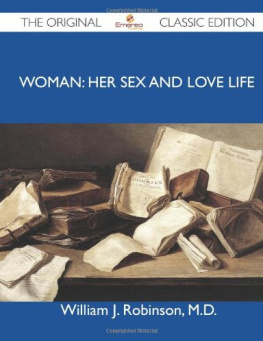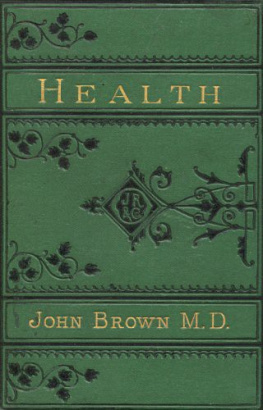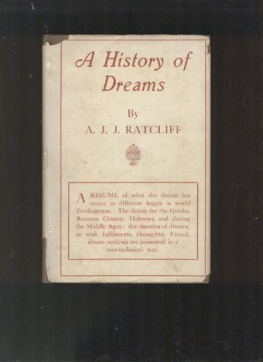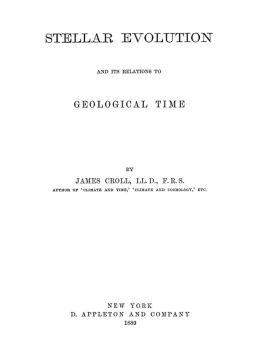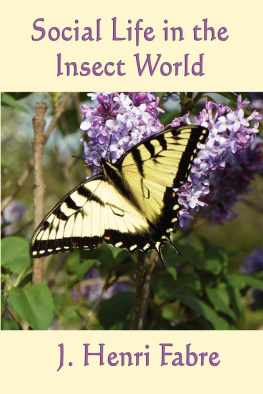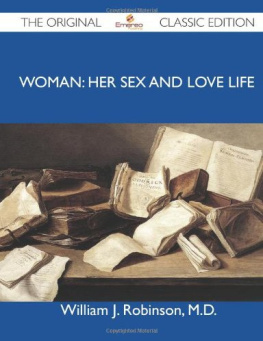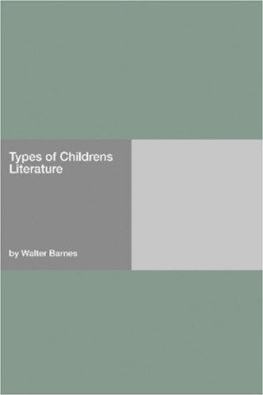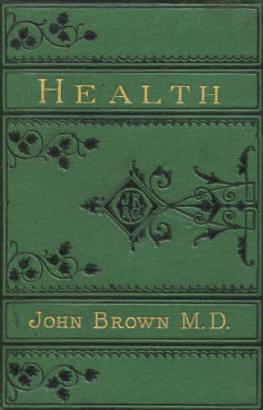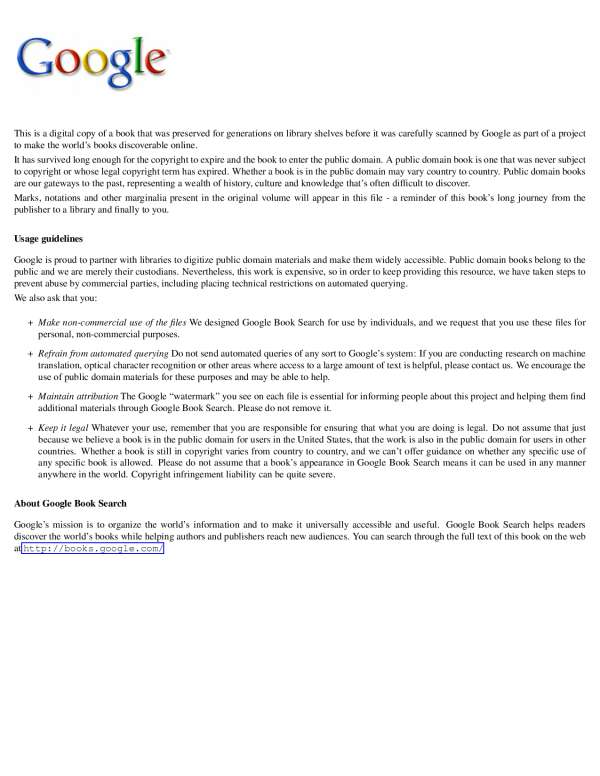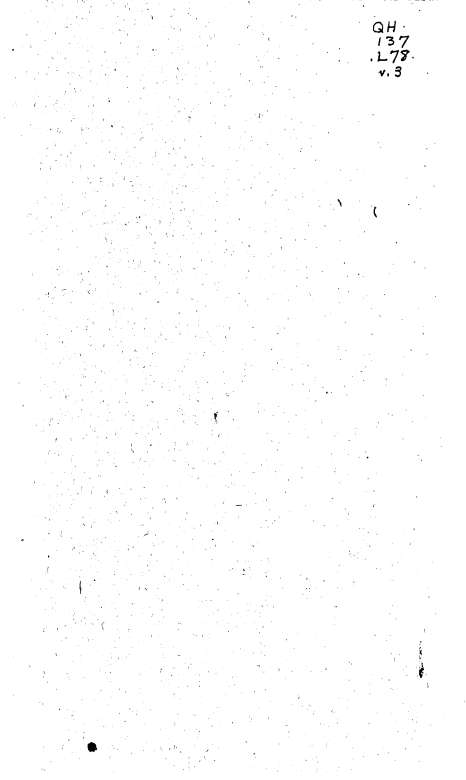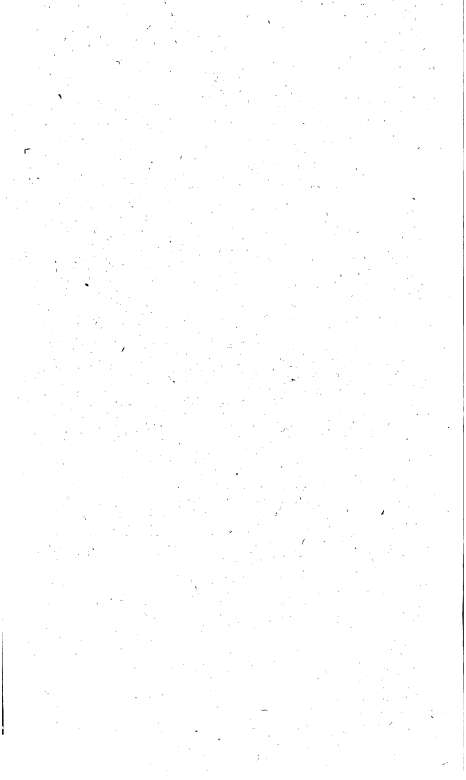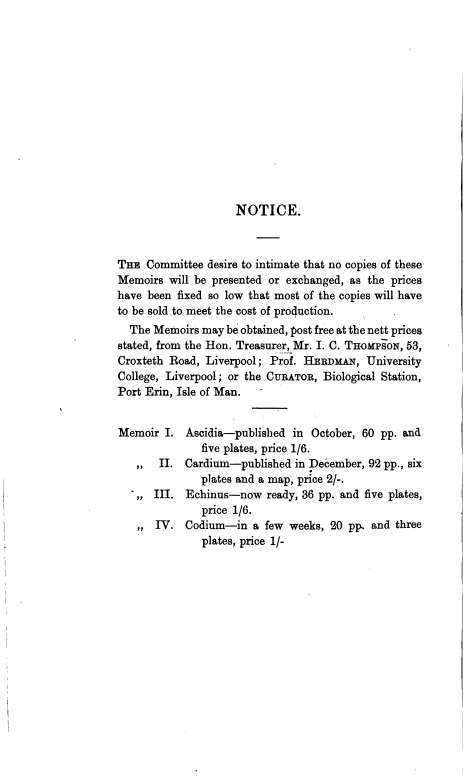EDITOE'S PEEFACE.
The Liverpool Marine Biology Committee was constituted in 1886, with the object of investigating the Fauna and Flora of the Irish Sea.
The dredging, trawling, and other collecting expeditions organised by the Committee have been carried on intermittently since that time, and a considerable amount of material, both pubHshed and unpublished, has been accumulated. Thirteen Annual Eeports of the Committee and four volumes dealing with the ** Fauna and Flora*' have been issued. At an early stage of the investigations it became evident that a Biological Station or Laboratory on the sea-shore nearer the usual collecting grounds than Liverpool would be a material assistance in the work. Consequently the Committee, in 1887, established the Puffin Island Biological Station on the North Coast of Anglesey, and later on, in 1892, moved to the more commodious and convenient Station at Port Erin in the centre of the rich collecting grounds of the south end of the Isle of Man.
In these twelve years experience of a Biological Station (five years at Puffin Island and seven at Port Erin), where College students and young amateurs formed a large proportion of the workers, the want has been constantly felt of a series of detailed descriptions of the structure of certain common typical animals and plants, chosen as representatives of their groups, and dealt with by specialists. The same want has probably been felt in other similar institutions and in many College laboratories.
VI.
The objects of the Committee and of the workers at the Biological Station have hitherto been chiefly faunistic and speciographic. The work must necessarily be so at first when opening up a new district. Some of the workers have pubhshed papers on morphological points, or on embryology and observations on life-histories and habits; but the majority of the papers in the volumes on the ** Fauna and Flora of Liverpool Bay '* have been, as was intended from the first, occupied with the names and characteristics and distribution of the many different kinds of marine plants and animals in our district. And this faunistic work will still go on. It is far from finished, and the Committee hope in the future to add greatly to the records of the Fauna and Flora. But the papers in the present series are quite distinct from these previous publications in name, in treatment, and in purpose. They will be called the **L.M.B.C. Memoirs,'* each will treat of one type, and they will be issued separately as they are ready, and will be obtainable Memoir by Memoir as they appear, or later bound up in convenient volumes. It is hoped that such a series of special studies, written by those who are thoroughly familiar with the forms of which they treat, will be found of value by students of Biology in laboratories and in Marine Stations, and will be welcomed by many others working privately at Marine Natural History.
It is proposed that the forms selected should, as far as possible, be common L.M.B.C. (Irish Sea) auimals and plants of which no adequate account already exists in any text-book. Probably most of the specialists who have taken part in the L.M.B.C. work in the past, will prepare accounts of one or more representatives of their groups. The following have already promised their services, and in some-cases the Memoir is already far advanced. The
first Memoir appeared in October and the second in December, 1899, the third. is now published, and the fourth will be issued early in March: others will follow, it is hoped, in rapid succession.
Memoir I. Ascidia, W. A. Herdman, 60 pp., 5 Pis., Is. 6d. II. Cardium, J. Johnstone, 92 pp , 7 Pis., 2s.
III. Echinus, H. C. Chadwick, 36 pp., 5 Pis., Is. 6d.
IV. CoDiUM, E. J. H. Gibson and Helen Auld, Is. Dendronotus, J. A. Clubb. Alcyonium, S. J. Hickson. Peridinian, G. Murray and F. G. Whitfcing. ZosTERA, E. J. Harvey Gibson.
HiMANTHALIA, C. E. JoilCS.
Diatoms, F. E. Weiss. Fucus, J. B. Farmer. GiGARTiNA, 0. V. Darbishire. Plaice, F. J. Cole and J. Johnstone. BoTRYLLOiDES, W. A. Herdman. Cuttle-Fish (Eledone), W. E. Hoyle. OsTRACOD (Cythere), Andrew Scott. Patella, J. E. Ainsworth Davis. Calanus, I. C. Thompson. Actinia, J. A. Clubb. BuGULA, Laura E. Thornely. Hydroid, E. T. Browne. Myxine, G. B. Howes. BucciNUM, M. F. Woodward. Lern-^ea, Andrew Scott. Calcareous Sponge, E. Hanitsch. Aeenicola, J. H. Ashworth. Antedon, H. C. Chadwick. Oyster, W. A. Herdman and J. T. Jenkins. Porpoise, A. M. Paterson. In addition to these, other Memoirs will be arranged
VIU.
for, on suitable types, such as Sagitta, Carcinus, an Amphipod and a Pycnogonid.
As announced in the preface to Ascidia, a donation from Mr. F. H. Gossage of Woolton met the expense of preparing the plates in illustration of the first few Memoirs, and so enabled the Committee to cpmmence the publication of the series sooner than would otherwise have been possible. A second donation recently received from Mr. Gossage is regarded, by the Committee, as a welcome encouragement, and will be a great help in carrying on the work.
W. A. Hbrdman.
University College, Liyerpool, February, 1900.
L.M.B.C MEMOIRS.
No. III. ECHINUS.
BY
H. C. CHADWICK.
The common sea-urchin, Echinus esoulenttcs, is the edible Echinoid well-known to marine zoologists as the Echinus sphcera of Forbes's ** History of British Starfishes.*' It is found all around the British islands wherever a rocky or stony bottom and an abundant growth of Fucus and Laminaria provide its favourite haunt. It occurs also in the North Sea and the Mediterranean, off Port Natal, and on the John Adams Bank off the coast of Brazil. Its vertical range is from low-water mark down to 110 fathoms. In the L.M.B.C. district it is common on the Anglesey coast, and especially so off the south end of the Isle of Man. In Port Erin Bay it may be collected by hand on the beach, and on the ruined breakwater at low-water of spring tides; and it is seldom that a haul of the dredge is taken without one or more specimens being included. It does not appear to be used as food in any part of the district.
The Exterioe and the Test.
The test of an adult specimen is more or less pentagonal when viewed from above, the corners being gently rounded. In profile it is usually well rounded, but in some specimens
k
it is sub-conical, in others depressed. The region immediately sm:rounding the peristome (PI. I., fig. 7, per,) is somewhat flattened. The outline seen when the test is viewed from either pole is the ambitus. The spines, with which the test is thickly covered, are usually whitish at their bases, more or less of their distal ends being tinged with pale violet. In what appears to be a rare colour variation, the spines are white, with an ill-defined blackish band about the middle of their length. In addition to the spines, the test bears a large number of pedicellariaB (PI. II.). The mouth (PI. I., fig. 7, mo,) occupies the centre of the broader and slightly flattened polehence the oral poleof the test, and from it may be seen projecting five calcareous teeth (to.). It is surrounded by the membranous peristome. The anus (PL I., fig. 1, aft.) is situated at the opposite pole of the test, a little to one side of the centre of a smaller but similarly membranous periproct (pp.)>


